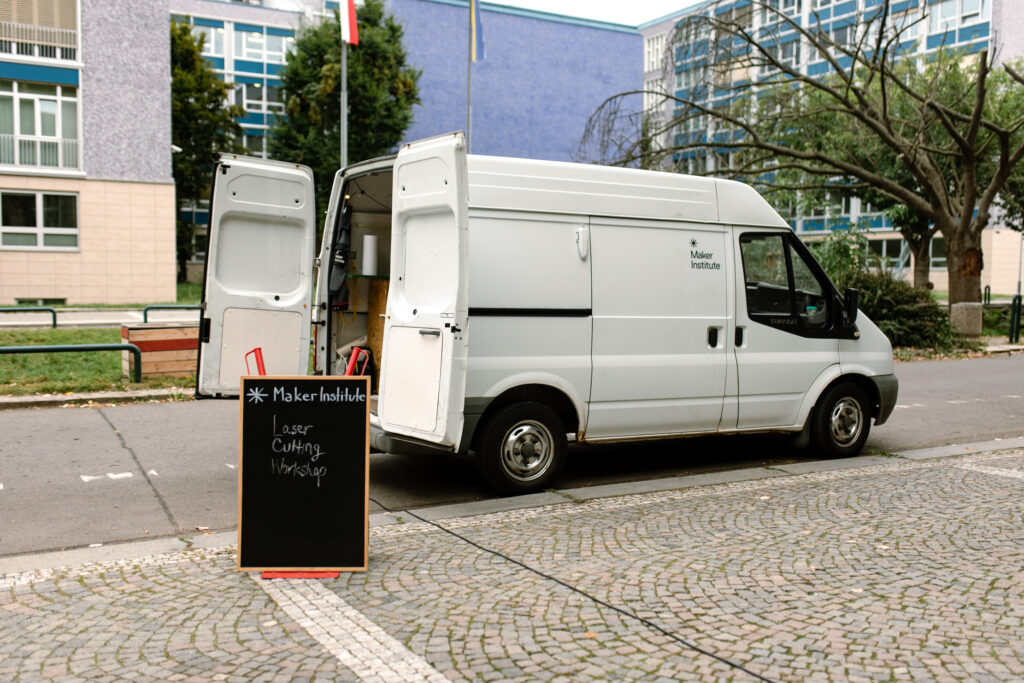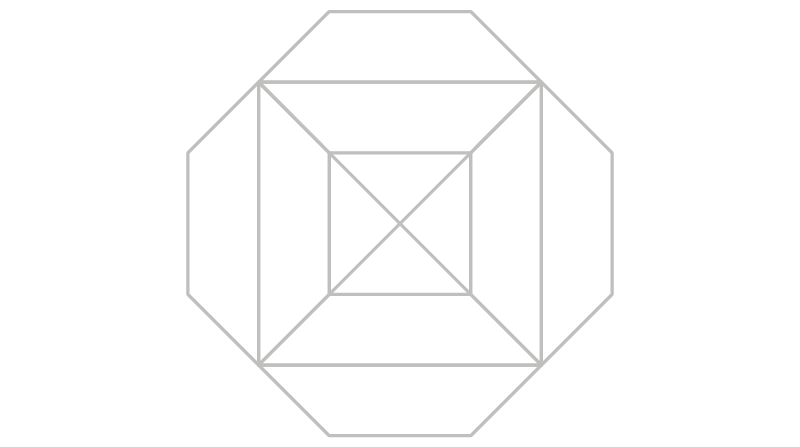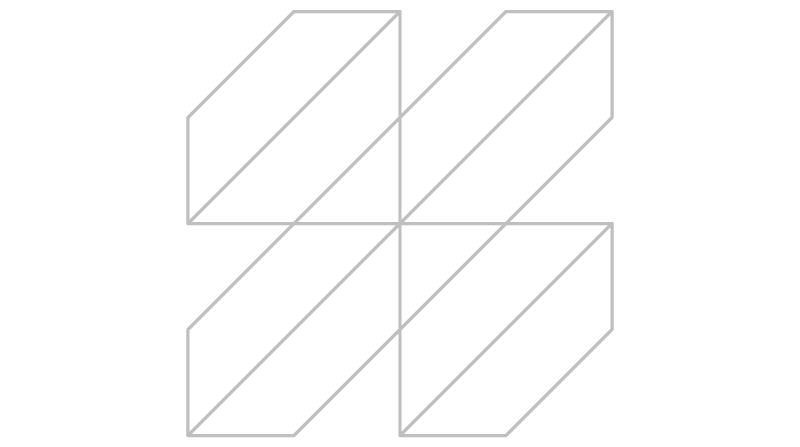

What is mobile Fab Lab?
A mobile fabrication laboratory built inside of a van or container that contains a large amount of maker technologies. It is intended as a flexible solution that can travel even to remote places to aid and teach together with novel technologies.
What is Our Goal?
The goal of the mobile FabLab is to bring polytechnic and STEAM education outside of the classroom and provide access to machines outside the technical campus. We aim to create projects that are mobile and scalable, just as the mobile FabLab.
Courses
Introduction into 3D printing
- Are you interested in 3D printing but don't know where and how to start? Introduction to 3D Printing is designed for beginner makers. During the day we will guide you through the theory (don't worry, it won't be boring), explain the basic differences in materials, try 3D modelling in Tinkercad and finally print the modelled object yourself. We promise that after the course, extruder, filament and slicer will no longer be foreign words to you.
- Requirements: electricity, space, PCs + Accessories
- Duration: 2-3 hrs
- Price upon request
Advanced 3D printing
-
You've already mastered the basics of 3D modelling. You have also printed a few objects on the 3D printer. In that case, it's time to take your skills to the next level. In this advanced course, we'll cover the use of special materials for 3D printing, the pitfalls of 3D printing, and go into more detail about slicing itself, which can help you print more efficiently.
- Requirements: electricity, space, PCs + Accessories
- Duration: 2-3 hrs
- Price upon request
Parametric design thinking
-
The parametric design thinking course focuses on the most widely used modelling software, which will be taught by our parametric modelling specialists. You will learn how to efficiently design 3D models using parameters and constraints to save time when editing models afterwards.
- Requirements: electricity, space, PCs + Accessories
- Duration: 2-3 hrs
- Price upon request
Custom course
- Are you interested in 3D models and visualizations and want to move to the next level? Are you familiar with 3D printing, but this is the first time you've heard of a laser cutter and CNC milling machine? Do you want to book a private lesson with the Maker Institute, or conversely a workshop for 50 people? Contact us if you would like to tailor a program just for you, your company or your students.
- Requirements: electricity, space, PCs + Accessories
- Price upon request





